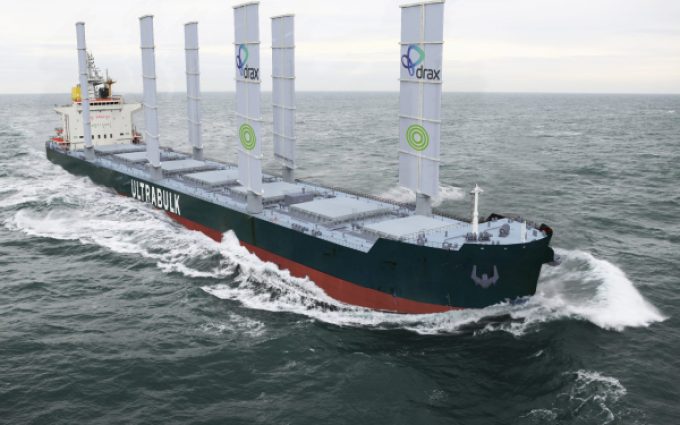Port of Rotterdam braces for more disruption as industrial dispute heats up
The port of Rotterdam is braced for further disruption from the ongoing stand-off between labour ...

�
Innovation in the maritime sector is being handicapped by the funding gap that sees technologies developed to pre-production levels with interested buyers, charterers and seed funding, but governments are failing to go the extra mile to achieve the finished product.
At the Zero Emission Shipping Technology Association (ZESTA) shipping conference, taking place, literally alongside the COP26 event in Glasgow, Diane Gilpin, CEO ...
Maersk u-turn as port congestion increases across Northern Europe
Apple logistics chief Gal Dayan quits to join forwarding group
Maersk Air Cargo sees volumes fall as it aims for 'margin in favour of revenue'
Airlines slash freighter capacity post-de minimis, but 'the worst is yet to come'
Houthis tell Trump they will end attacks on Red Sea shipping
Transpac rates hold firm as capacity is diverted to Asia-Europe lanes
MSC revamps east-west network as alliance strategies on blanking vary
India-Pakistan 'tit-for-tat' cargo ban sparks sudden supply chain shocks

Comment on this article